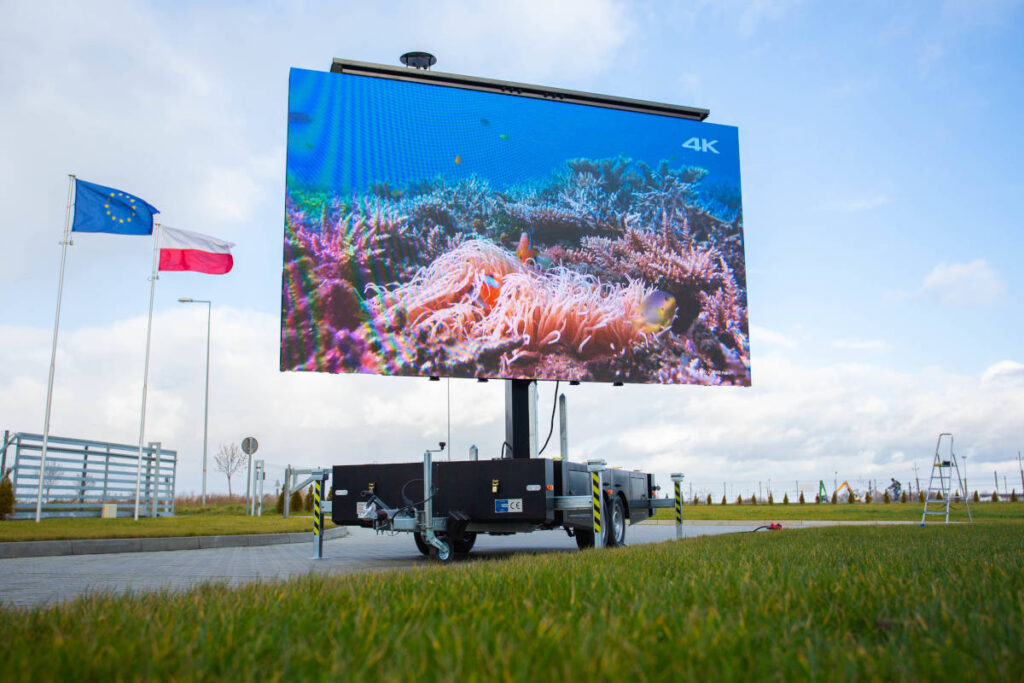Explaining Luminescent Panel Surface Brightness Metrics aiming at Ideal Screen Performance
Explaining Luminescent Panel Surface Brightness Metrics aiming at Ideal Screen Performance
Blog Article
LED wall screens have become increasingly favored across different environments, including residences and commercial spaces as well as communal areas. These panels are known for their bright and vibrant displays, that render these suitable to communicating information, ads, and entertainment. However, understanding the brightness measurements of LED panel screens remains crucial to guaranteeing optimal display performance. Illumination is quantified using metrics known as nits, which indicate how much light produced by a panel. The higher number of quantity in candelas, the brighter the visual is. For, example, a panel boasting one thousand nits is significantly more vivid compared to one with 500 candelas, rendering this one more suitable for well-lit settings.
When choosing a Light Emitting Diode panel screen, it is important to consider the environment in that the screen will be placed. For brightly lit areas, such as shopping malls or open-air locations, higher higher luminosity level is necessary to ensure visibility. On the other hand, within dimmer settings, like cinemas and meeting spaces, lower diminished illumination rate might suffice. This is because excessive brightness within an dim setting may result in viewer discomfort among the audience, making it more difficult for focus on the display. Therefore, understanding the specific requirements of the installation site will aid with selecting a suitable brightness level for optimal viewing find out here experience.
Another crucial element for take into account the contrast differential proportion of the LED wall panel. The contrast measurement indicates the difference between the brightest white and the black black that the panel is able to create. An greater differential ratio means that the display can present greater clarity as well as depth, which enhances overall image clarity. For example, one panel with an contrast ratio of 10,000:1 will display visuals featuring greater vivid hues as well as sharper features than a featuring a ratio of 1,000:1. Such becomes especially important in instances where showing visuals or videos that demand greater definition as well as detail, such as slideshows or promotional content.
Additionally, the technology mechanism behind LED wall screens has an crucial role in the illumination as well as overall performance. Different kinds in LED technologies, such as OLED and Liquid Crystal Display, possess unique characteristics that impact the commercial led display screens way brightness is perceived. OLED screens typically provide superior contrast as well as deeper blacks, which may improve the viewing experience in dim settings. Conversely, traditional Light Emitting Diode screens might be more suitable in well-lit environments due to the capacity to generate higher levels of brightness. Comprehending such technological differences will help consumers in making knowledgeable decisions based on their individual requirements.
In conclusion, regular maintenance as well as calibration of Light Emitting Diode panel panels may assist preserve optimal brightness as well as efficacy over time. Dirt as well as dirt may build up on a screen, affecting its illumination and clarity of the visual. Regular cleaning and professional calibration may ensure that panel panel operates in its best, offering consistent image clarity. Additionally, some sophisticated LED wall screens come built-in integrated features which allow users for adjust brightness settings and hue settings according to individual preferences. Through taking these measures, users will guarantee that LED LED panel screens deliver an best visual efficiency, regardless of where environment where which they are used.